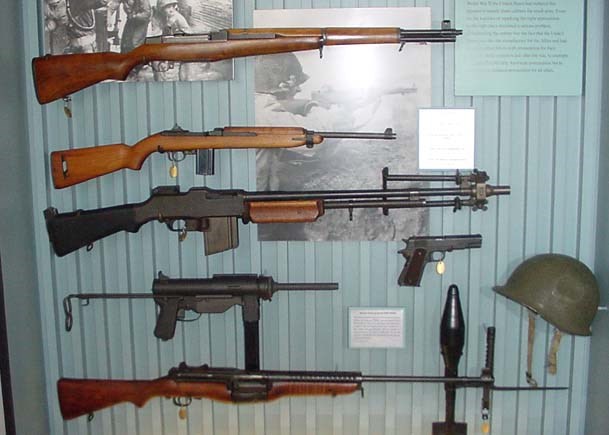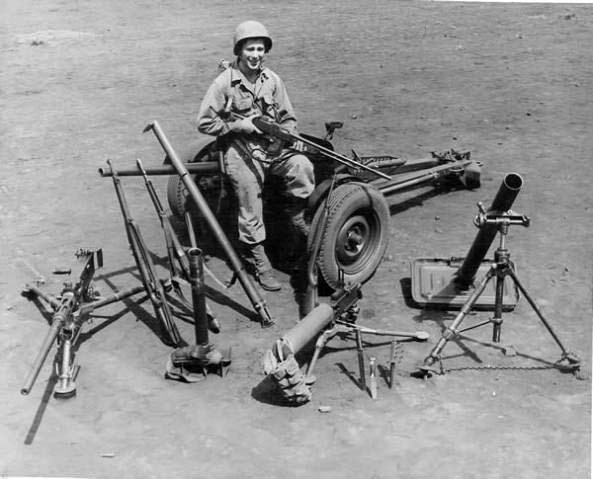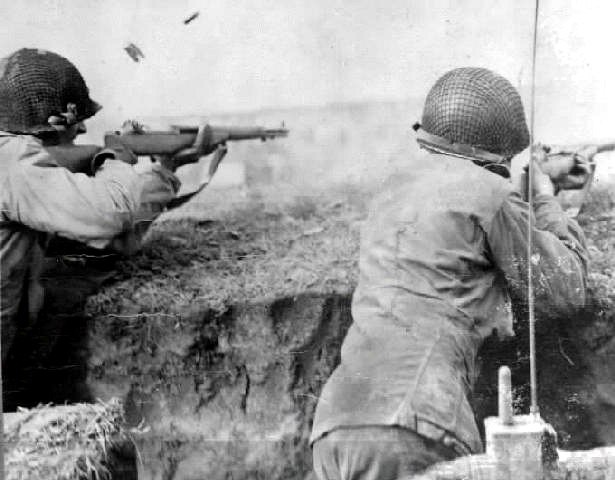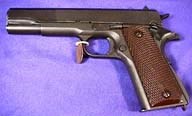
Springfield Armory NHS, US NPS During the Civil War both the Union and, especially, the Confederate Armies were confronted with almost insurmountable logistical problems created by the dozens, even hundreds, of different sizes of ammunition used by each side. By World War II, the United States had reduced this number to merely three calibers for small arms. Even so, the logistics of supplying the right ammunition to the right place remained a serious problem. Complicating the matter was the fact that the United States was also the manufactory for the Allies and had to supply allied forces with ammunition for their weapons. Such confusion led, after the war, to attempts to standardize not only American ammunition but to agree upon a standard ammunition for all allies. 
Springfield Armory NHS archives, US NPS
U.S. Rifle caliber .30 M1 SPAR 911 
Springfield Armory NHS archives, US NPS In this combat image, a US soldier may be seen firing his M1 Rifle, with the final empty cartridge case and empty clip seen ejected from the weapon.
_______________ 
************************* Springfield Armory NHS, US NPS U.S. Carbine caliber .30 M1 SPAR1721 
Springfield Armory NHS, US NPS Johnson Semi-Automatic Rifle M1941 SPAR4454 The Johnson rifle, named for its inventor Captain Melvin M. Johnson, USMC, was developed before World War II. The recoil-operated semi-automatic weapon is not as familiar as the other weapons in this exhibit. Because Garand's rifle was already in full production, the Johnson Rifle saw only limited service in World War II, principally by the Marine Corps in the Pacific. |
Last updated: March 29, 2025



